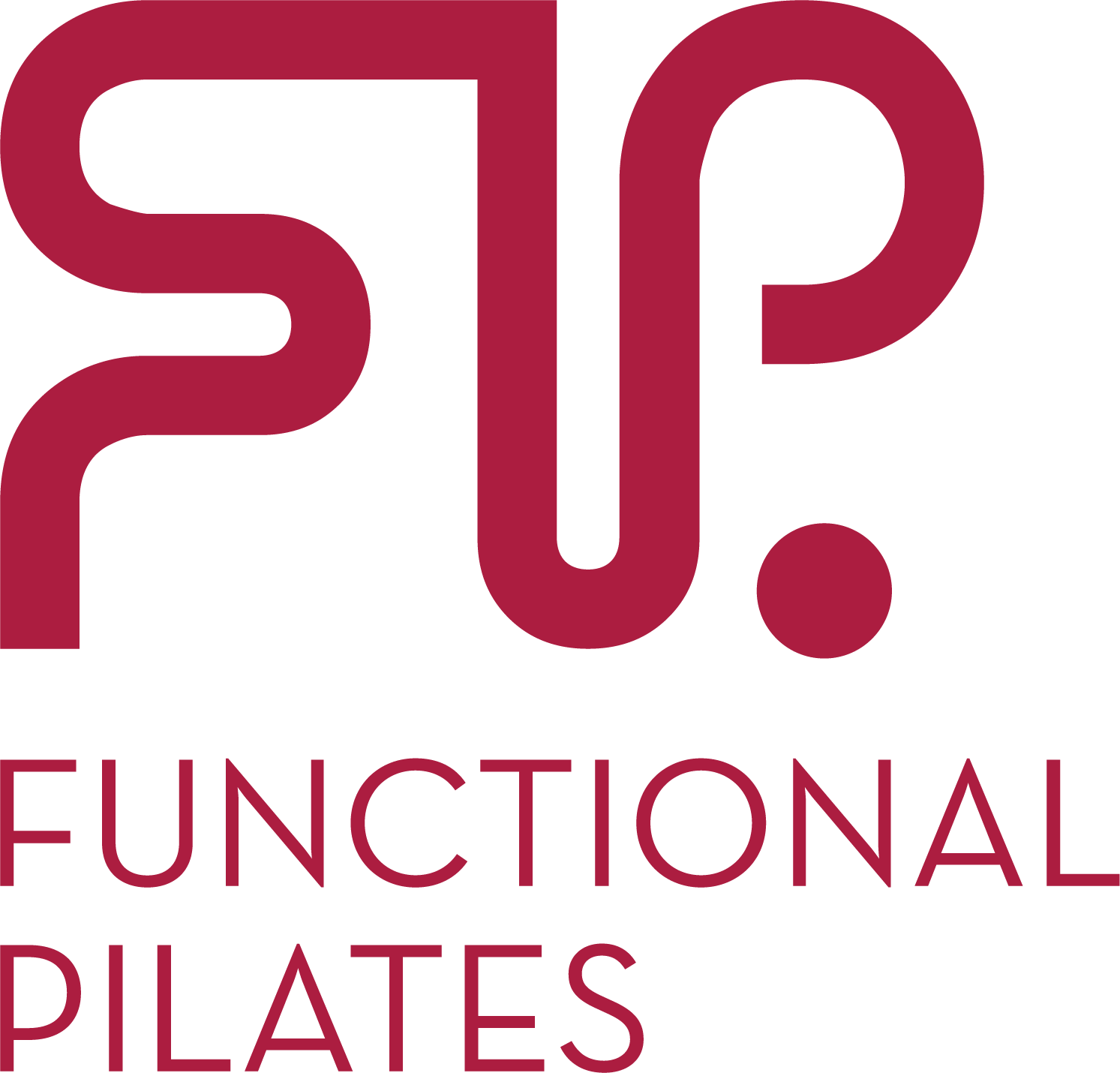What is the Functional Pilates Movement Methodology?
© Functional Pilates & Filippa Minnelli 2020
What is the Functional Pilates Movement Methodology?
In Part 1. of this series we discussed, ‘What is Functional Movement?’
Functional Pilates has developed a movement methodology referred to as the ‘Functional Pilates- A Scientist’s Approach’. It consists of five movement principles that guide us in reviewing a client’s functional movements.
“Functional Pilates has developed a movement methodology referred to as the ‘Functional Pilates- A Scientist’s Approach’.”
The Functional Pilates movement methodology takes into account the task to be achieved and the way it is performed. That is, we review the pattern of movement you engage in to perform the task in question.
Each of five movement principles work towards enhancing your movements and assists us in reviewing the way you perform your functional movements for overall musculoskeletal health. Below is an example of how this is achieved.
Are any of these functional movements important to you today or will they be important in the future? Each functional movement has a different focus and different training requirements
When aiming to understand functional movement, it can be useful to examine a movement sequence and compare it to an old movie reel, where each frame captures a moment in time.
Referring to the movement sequence in the image below, if we sped the film up, we would observe a galloping horse – very fast paced movement in which it is difficult to observe the finer adjustments of the horse’s movements.
But if we slow the film down, we may begin to detect some underlying movement problems, for example, the horse may be avoiding fully landing on its right hoof. Not being able to bear weight on one hoof is an example of dysfunctional movement.
In the Pilates studio I often ask my clients to slow an exercise down. This can highlight where their movement is sound, but equally I am better able to see whether aspects of their movement have become dysfunctional.
If there is dysfunctional movement, we can choose to fine tune and enhance the components of the movements that are important to the client, for example, additional control or balance for a dancer.
This is an example of an entire movement sequence - each frame captures a moment in time.
Once we are aware of the dysfunction and its location in a movement sequence, specific exercises can be prescribed to improve it. Much like a film editor, we cut scenes and glue in the new improved section.
This is the process of integrating the new learnt movement pattern or enhanced characteristics back into the full movement sequence.
If we were to replay the film slowly now, this time the horse would move with control and ease, and would be able to bear weight on its right hoof.
Sometimes the entire movement sequence needs re-work because the foundations of good movement are just not evident.
Trying to add weight or exercise complexity in such a situation sets the client up for further injury. Strength, extra stretches, complicated or fast exercises are not what are required.
Clients in this situation need movement fundamentals, which forms the basis of all safe and efficient movement. The ‘Functional Pilates - A Scientist’s Approach’ steps through the functional movements important to each client and works towards correcting their dysfunctional movements and enhancing their functional movements.
Take home points:
The ‘Functional Pilates- A Scientist’s Approach’ is a movement methodology that works to correct dysfunctional movements and enhance the others that are most important to you.
The functional pattern will be well optimised by choosing specific exercises that address any dysfunctions.
In this series:



